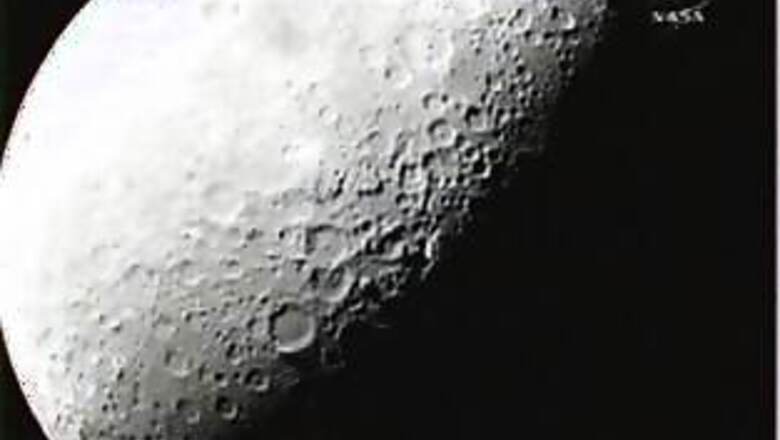
views
Los Angeles: NASA's much-hyped mission to hurl a spacecraft into the moon turned out some worthwhile data after all, scientists said.
New images show a mile-high plume of lunar debris from the Cabeus crater shortly after the space agency's Centaur rocket struck on October 9.
"We were blown away by the data returned," the mission's chief scientist Anthony Colaprete said in a report on Friday from the Ames Research Center in Mountain View, California, which managed the launch. "The team is working hard on the analysis, and the data appear to be of very high quality."
In media coverage after the impact, many observers said they were disappointed at the lack of spectacle.
But scientists said the mission was carried out for "a scientific purpose, not to put on a fireworks display for the public," said space consultant Alan Stern, a former NASA associate administrator for science.
By creating the debris cloud, scientists were able to use the $79-million Lunar Crater Observation and Sensing Satellite to sample and study the dust. The LCROSS itself crashed into the same crater four minutes after the Centaur's impact, right on schedule, while its companion spacecraft, the Lunar Reconnaissance Orbiter, was flying in lunar orbit 50 miles (80 kilometers) above the site to gather still more data.
But Michio Kaku, a professor at the City College of New York and host of Sci Q Sundays on the Science Channel, said NASA may be jumping the gun in calling the results "a smashing success," acting in response to public criticism of the mission.
"To be a spectacular success, we had to find large quantities of underground ice," Kaku said on Saturday. He said scientists still have more work to do to analyze the data for the presence of ice or water.
"They got beautiful pictures of the event, but that's not why we spent $79 million," Kaku said. "Ice on the moon is more valuable than gold."
The crashes created a man-made crater about one-fifth the size of a football field, Brown University geologist and LCROSS scientist Peter Schultz said.
Colaprete said it was too early to say what the plume contained but that several clues, including the temperature of the flash created by the crash, will help scientists find out in coming weeks.
Finding significant amounts of water on the moon would be a major discovery, making eventual colonisation easier than it would be if settlers had to transport water from Earth.


















Comments
0 comment